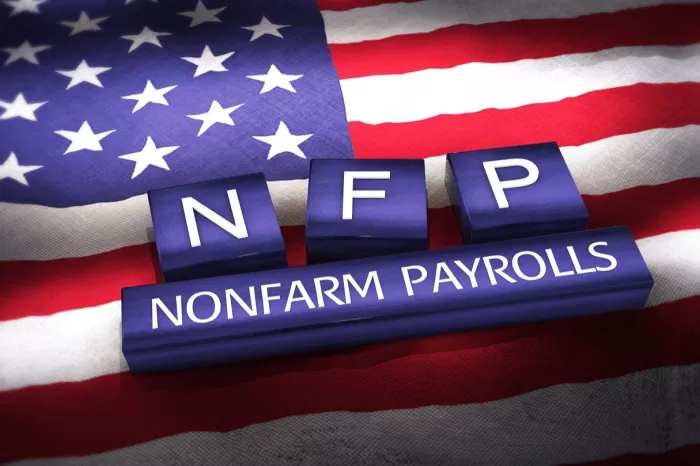WASHINGTON D.C. — The U.S. Bureau of Labor Statistics (BLS) reported on Friday that Nonfarm Payrolls (NFP) rose by 254,000 in September, significantly surpassing the market expectation of 140,000 jobs. This increase follows a revised gain of 159,000 jobs in August, up from the previously reported 142,000.
Unemployment Rate Declines
In addition to the robust job growth, the unemployment rate edged down to 4.1%, a slight decrease from the 4.2% recorded in August. This decline suggests improvements in the labor market, contributing to overall economic stability. However, the Labor Force Participation Rate remained unchanged at 62.7%, indicating that the proportion of the working-age population engaged in the labor force did not fluctuate during this period.
Wage Inflation Trends
The report also highlighted trends in wage inflation. Average Hourly Earnings increased to 4% year-over-year, up from 3.9% in August. This uptick signals continued pressure on employers to raise wages in a competitive job market, reflecting broader economic dynamics.
The BLS also noted revisions to earlier employment figures. The change in total nonfarm payroll employment for July was revised upward by 55,000, adjusting from +89,000 to +144,000. The August figures were similarly revised up by 17,000, from +142,000 to +159,000. With these adjustments, the combined employment figures for July and August are now 72,000 higher than initially reported.
Market Reactions and Expectations
Looking ahead, economists are predicting that the upcoming Nonfarm Payrolls report will show continued job growth in the U.S. economy, with expectations of 140,000 new jobs added in September, following the revised gain of 142,000 in August. Analysts also anticipate that the unemployment rate will hold steady at 4.2%.
Additionally, Average Hourly Earnings are expected to rise by 3.8% year-over-year through September, maintaining the same pace observed in August. This data could bolster market expectations for a 50 basis point (bps) rate cut at the Federal Reserve’s meeting in November. However, Fed Chairman Jerome Powell has expressed caution regarding rapid rate cuts, indicating that the central bank is not eager to lower rates quickly.
Insights from Federal Reserve Chairman
During a speech at the National Association for Business Economics (NABE) Annual Meeting in Nashville, Powell emphasized that the Federal Reserve is not in a rush to implement swift rate cuts. He remarked, “If the economy performs as expected, that would mean two more cuts this year, both by a quarter-point,” aligning with the forecasts made during the Fed’s September 18 meeting.
Analysts’ Perspectives on Job Growth
In their preview of the September employment situation report, analysts from TD Securities provided insights into anticipated job trends. They expect payrolls to show a modest increase in September, reaching a four-month high following weaker gains of 89,000 in July and 142,000 in August.
Analysts also predict that the unemployment rate will remain unchanged after the one-tenth drop to 4.2% observed in August. Furthermore, they anticipate that wage growth may moderate, projecting a month-over-month increase of 0.2%, translating to an annual growth rate of 3.8%. This follows an unexpectedly strong 0.4% month-over-month gain in the previous month.
Implications for Economic Policy
The September jobs report carries significant implications for economic policy and the Federal Reserve’s monetary stance. Should job growth and wage inflation continue to exceed expectations, the central bank may find itself under pressure to adjust its rate-cutting strategy in response to evolving economic conditions.
As the labor market continues to show resilience, market participants will be keenly watching how these developments influence Federal Reserve decision-making and overall economic forecasts in the coming months.
Conclusion
The latest Nonfarm Payrolls data paints a positive picture of the U.S. labor market, with significant job gains and declining unemployment rates. However, the stagnant Labor Force Participation Rate and the ongoing challenges related to wage inflation underscore the complexities facing the economy. As economists and analysts look ahead, the upcoming Nonfarm Payrolls report will be critical in shaping expectations for Federal Reserve policies and broader economic trends.
Related topics:

